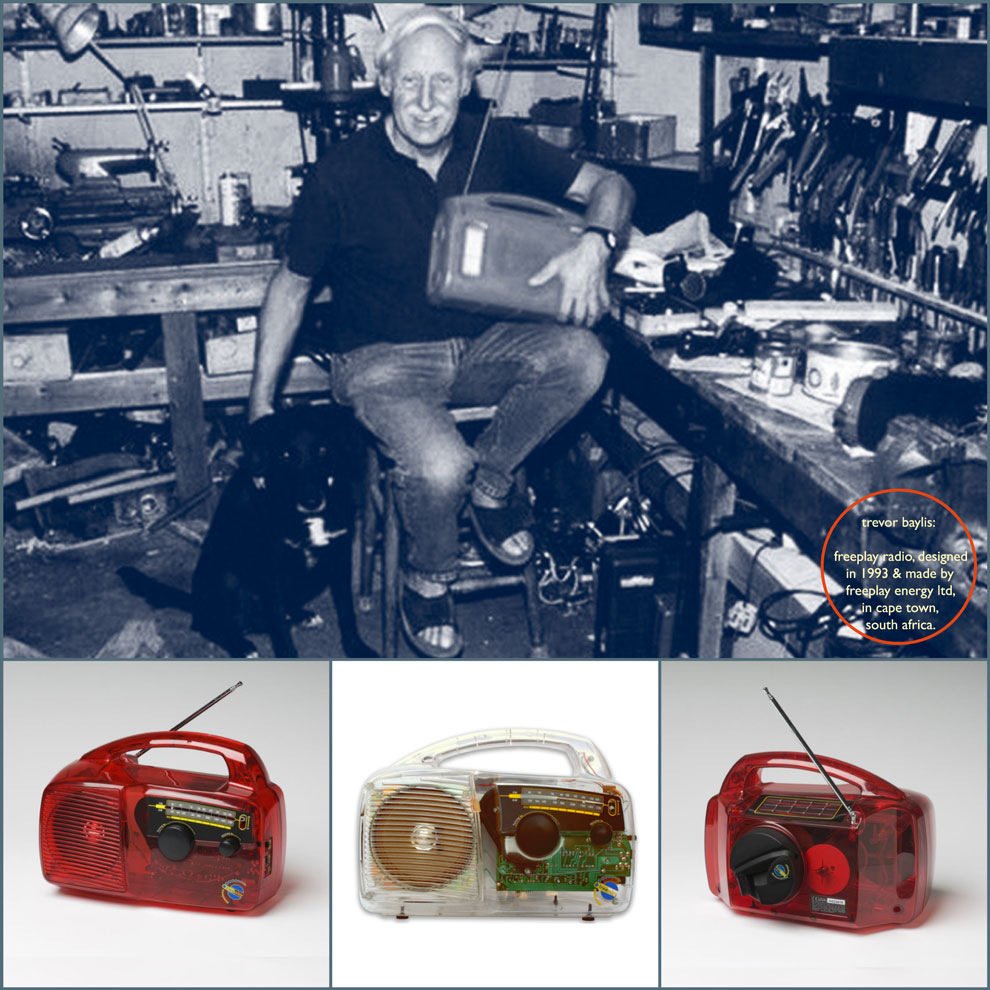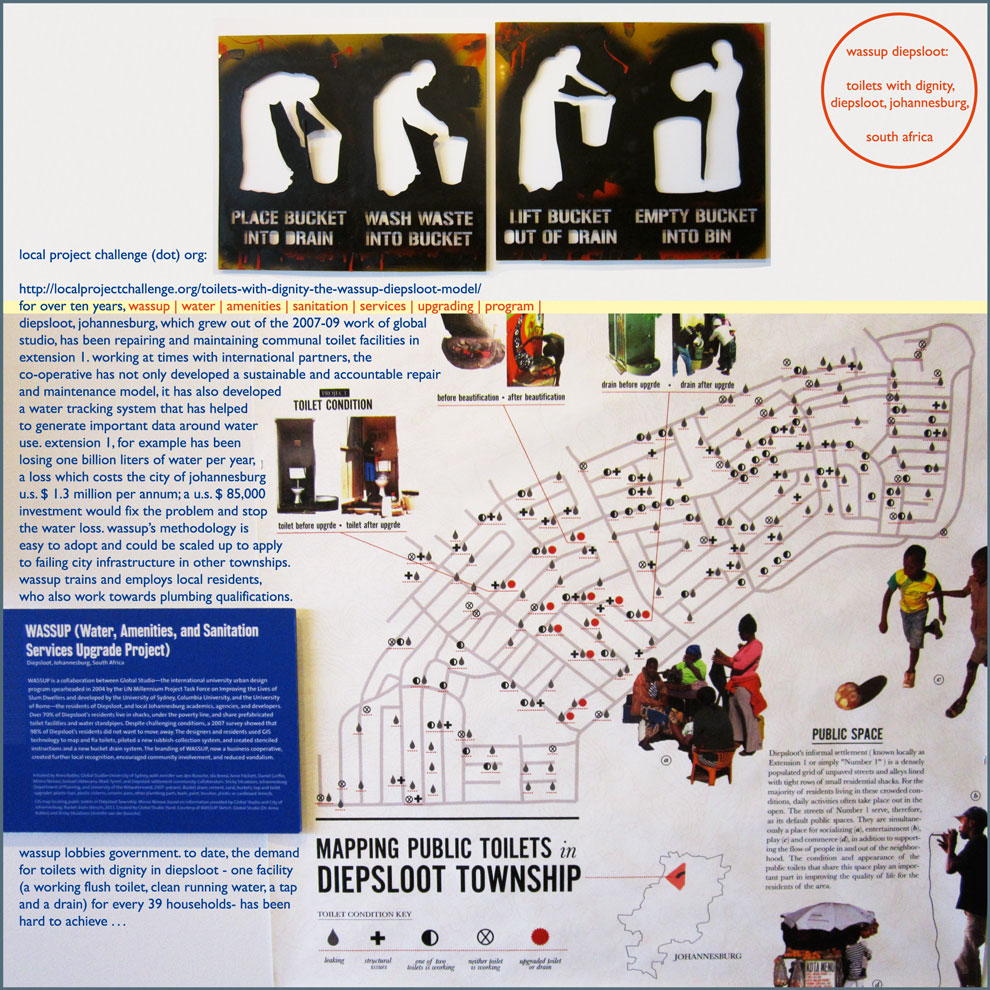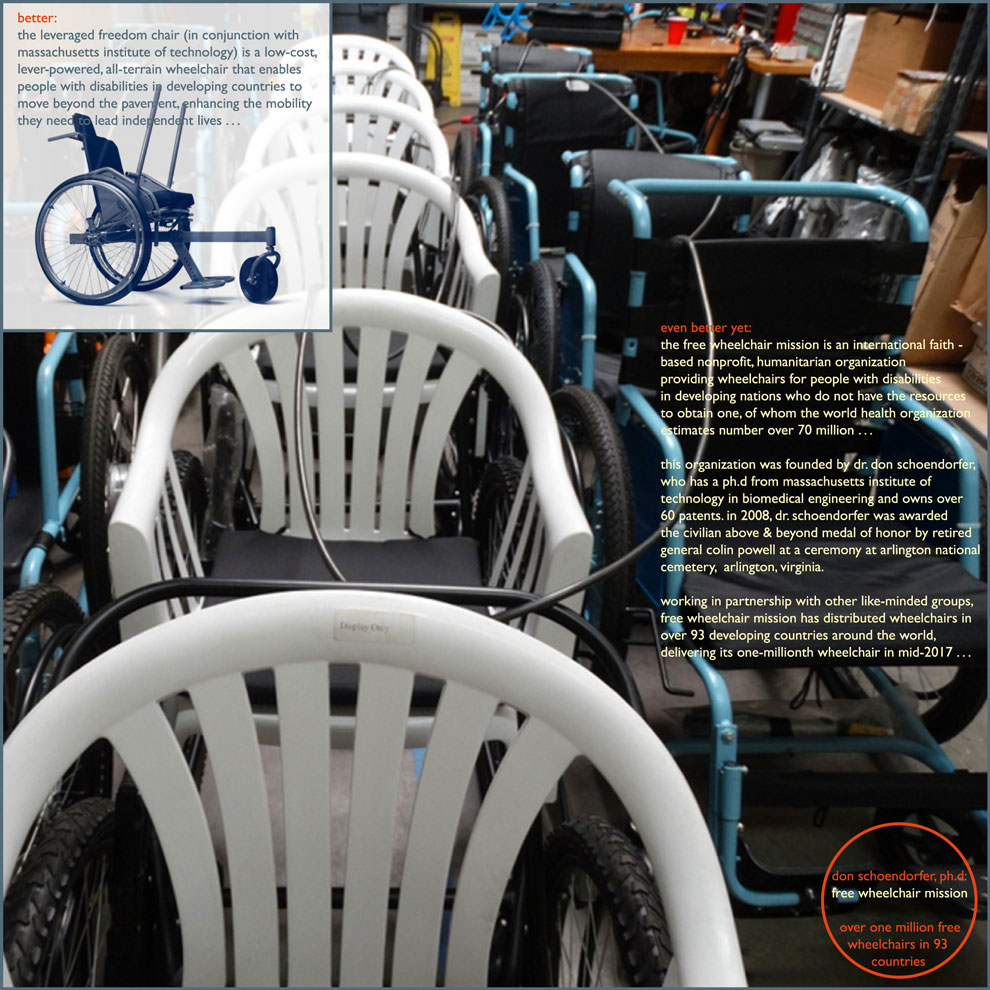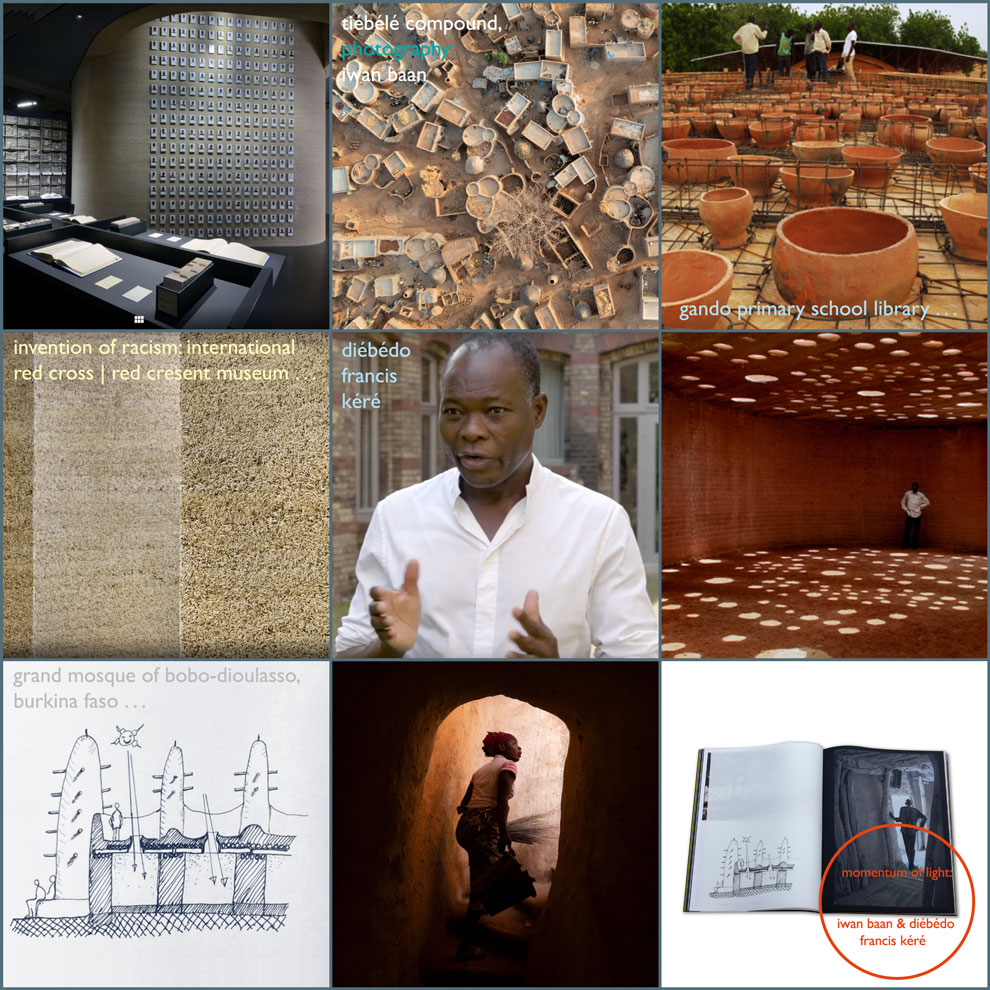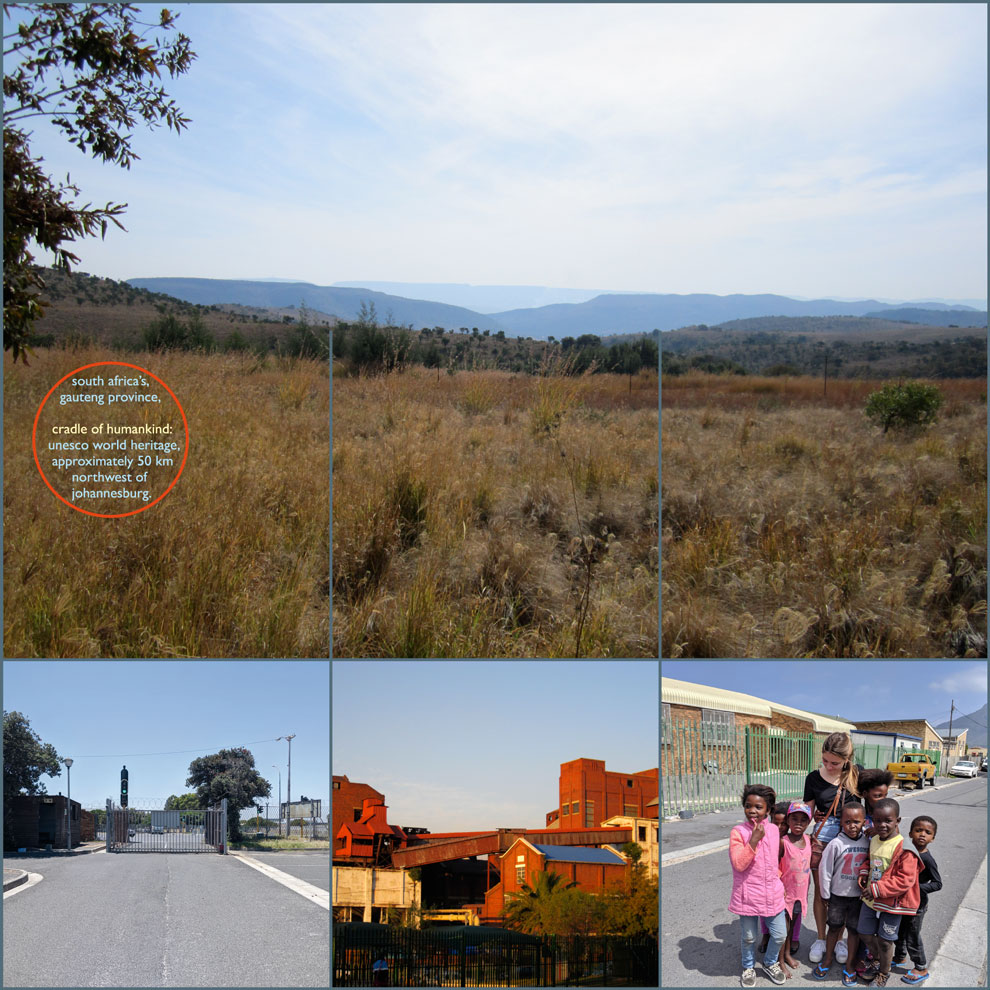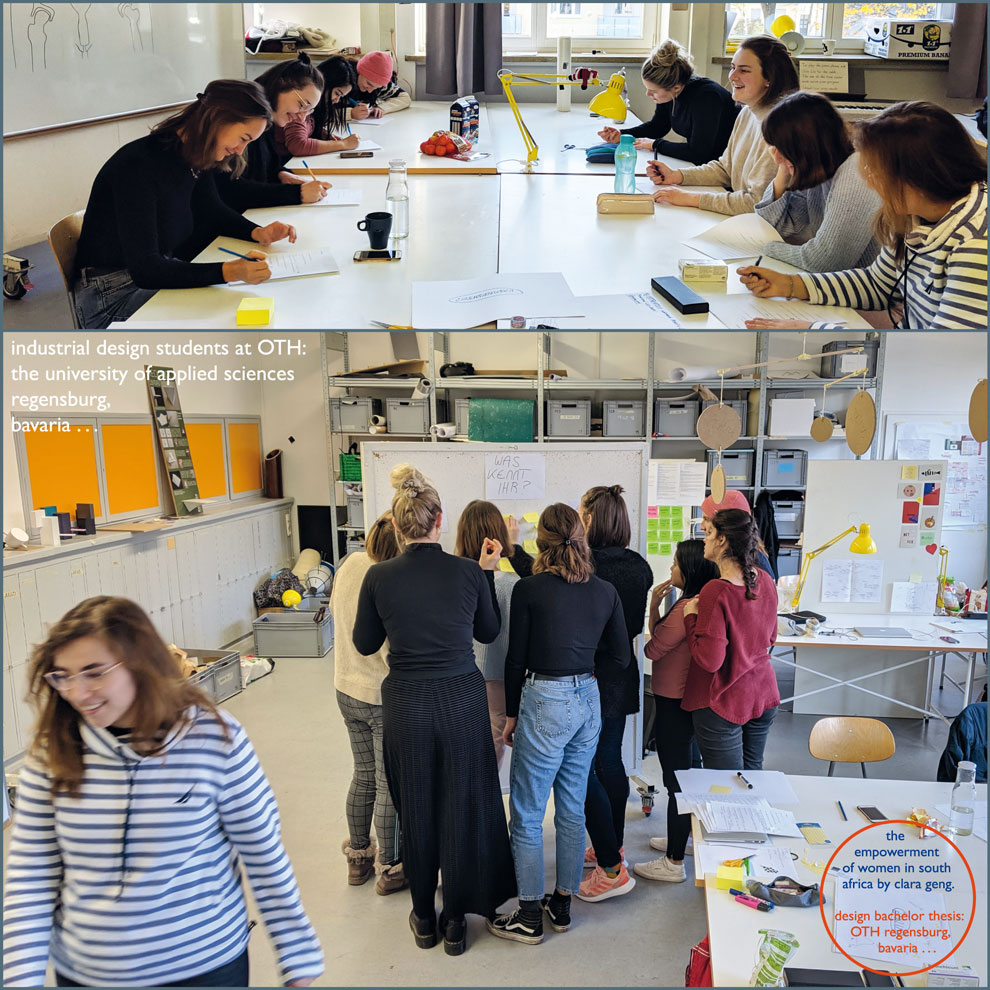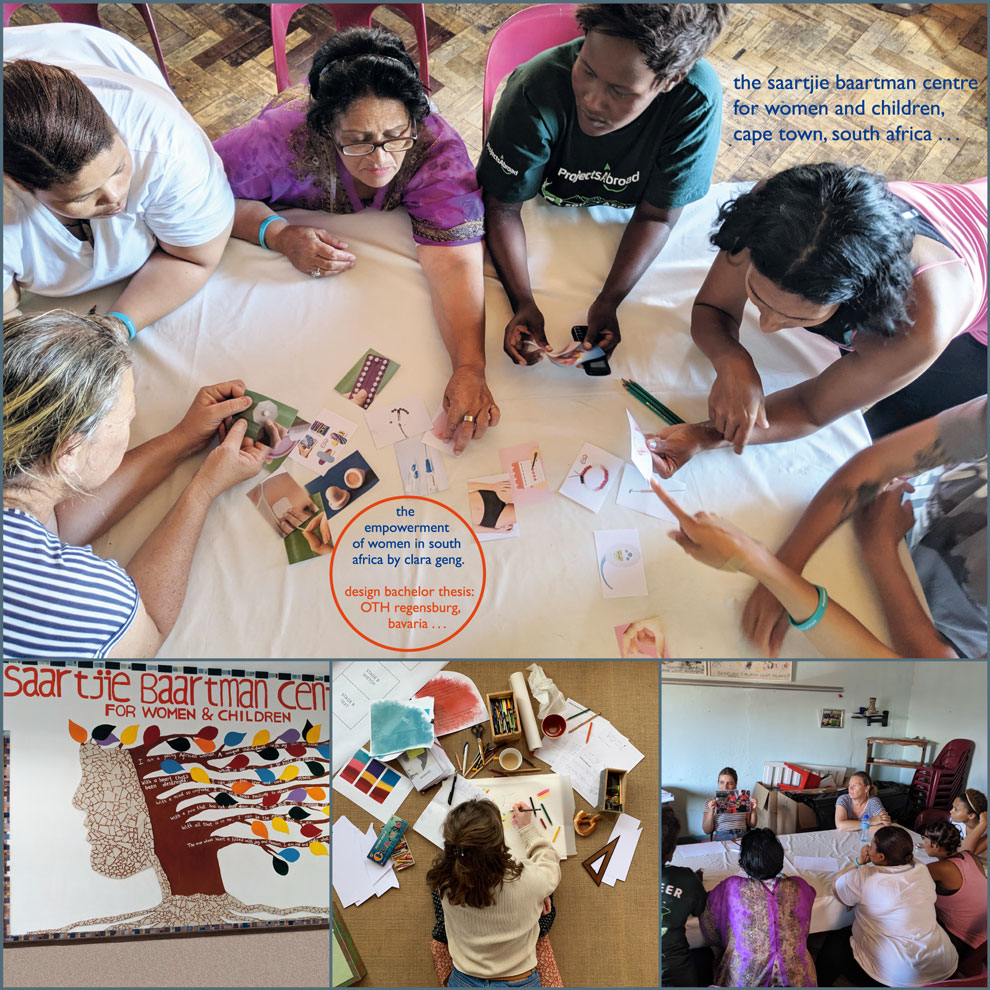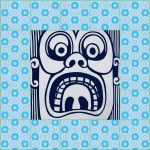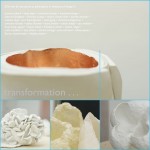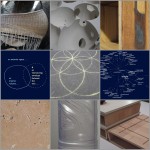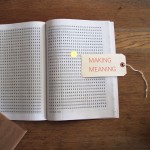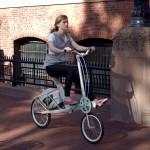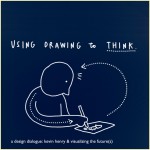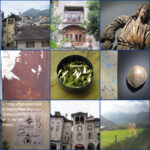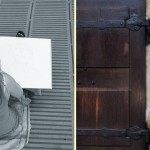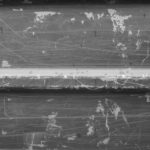everyday hero: accessible to 90% of the world . . .
ubiquitous quality factor number 09 •
everyday design hero:
accessible to 90%
of the world . . .
“the aspects of things that are most important for us are hidden because of their simplicity & familiarity.”
philosopher ludwig wittgenstein
01) lightness . . .
02) enhancing civility . . .
03) beautility . . .
04) robust, resilient & repairable . . .
05) embracing aspects of homo ludens . . .
06) anthropomorphic . . .
07) adaptable | transformable . . .
08) intuitive | self-explanatory . . .
09) accessible to 90% of the world . . .
10) a variation on a theme . . .
11) ephemeral . . .
12) wabi-sabi (grows better with time &/or use) . . .
13) improvisation . . .
.
.
.
the modern psyche is a social psyche …
modern objects are not just for the upper class, but for everyone.
adolf loos
.
der moderne geist ist ein sozialer geist …
moderne gegenstände sind nicht nur für eine oberschicht da, sondern für jeden.
adolf loos
.
.
.
“the higher you go, the fewer women there are . . . ”
nobel peace laureate wangari maathai | * april 1, 1940 † september 25, 2011 |
.
.
.
here are a few examples of mastering design at a transcultural level . . .
.
.
.
an excerpt from www.bbc.com/news/technology, from march 6, 2018:
trevor graham baylis | * may 13, 1937 † march 5, 2018 |
trevor baylis believed that the key to success was to think unconventional thoughts. the idea for his wind-up radio came while he was watching a tv programme in 1991 about the spread of aids in africa and a proposal to tackle it by broadcasting educa- tional programmes on the radio. baylis patented the project and went in search of a manufacturer. everyone he approached turned him down. failed. it was an appear- ance on the bbc’s tomorrow’s world programme in 1994 that finally brought his invention to public attention.“everyone thought i was a genius whereas, up to then, i was just another silly little man.” he was awarded the bbc design award for best product and best design in 1996 and met nelson mandela & the queen, elisabeth II.
an excerpt from the museum of modern art’s. website posting entitled,
“safe: design takes on risk,” director glenn lowry: the freeplay human powered radio is designed for people who have no access to electricity. that’s as much as a fifth of the world’s population. the radio is powered by a solar cell or by turning a hand crank in the back that winds an internal spring. some 300,000 have already been distributed in sub-saharan africa . . .
the fpr2 human powered radio is in the collection of internationally renowned museums, including among others, the museum of modern art nyc. (pictured above, middle) and the philadelphia museum of art (pictured above, left & right).
fpr2 human powered radio: 1998 polycarbonate, abs plastic, nylon & brass, 20 x 28 x 18.5 cm (7-7/8 x 11 x 7-1/4”). manufactured by freeplay energy plc., south africa.
the new york times:
radio transforms a corner of rural india, by karan deep singh . . .
.
.
.
an excerpt from, local project challenge (dot) org:
toilets with dignity project, wassup: diepsloot, johannesburg.
for over ten years, wassup | water • amenities • sanitation • services • upgrading • program | diepsloot, johannesburg, south africa, which grew out of the 2007-09 work of global studio, has been repairing and maintaining communal toilet facilities in extension 1. working at times with international partners, the co-operative has not only developed a sustainable and accountable repair and maintenance model, it has also developed a water tracking system that has helped to generate important data around water use. extension 1, for example has been losing one billion liters of water per year, a loss which costs the city of johannesburg u.s. $ 1.3 million per annum; a u.s. $ 85,000 investment would fix the problem and stop the water loss. wassup’s methodology is easy to adopt and could be scaled up to apply to failing city infrastructure in other townships. wassup trains and employs local residents, who also work towards plumbing qualifications . . .
.
.
.
70 million people in the world are in need of a wheelchair but cannot afford one. free wheelchair mission is a nonprofit organization that provides wheelchairs at no cost to people in developing nations. don schoendorfer, ph.d, president & ceo of free wheelchair mission discusses how the organization is transforming lives:
the gift of mobility, on critical mass radio show
.
.
.
kéré foundation,
arndtstraße 34, d-10965 berlin, germany:
the kéré foundation e.v. is a non-profit organization that provides public infrastructure for the community of gando in burkina faso, west africa . . .
the kéré foundation
founder of the kéré foundation, diébédo francis kéré:
at the intersection of utopia & pragmatism we create contemporary architecture that feeds the imagination with an afro-futurist vision . . .
diébédo francis kéré’s architectural work
.
.
.
clara geng’s thoughts about her *undergraduate work, entitled,
the empowerment of women in south africa:
sometimes we have plans but don’t know exactly where the journey will take us.
it was the same with my *bachelor thesis. i knew i wanted to create something that
would improve the lives of as many people as possible. there are so many things
that can be improved and i have been concerned with women living in south africa,
in a country where the social status of women is very low and the lack of respect
for the female gender is reflected in the small number of women in managerial
positions and the high rate of acts of violence and sexual offenses against women.
this discrimination and the insecurities affect the personal development and limit
the future prospects of women and girls extremely, they are vulnerable and endangered. i wanted to make women aware that they could at least feel safe in their own bodies. through my study in south africa (the industrial design program at the university of johannesburg), i developed a concept with women who sought refuge in women’s shelters in south africa that offers the possibility of an easily understandable education about the menstrual cycle. a children’s book for girls, an analogue menstrual cycle calendar and a design workshop on the subject of the female menstrual cycle were created as an integral part of the educational program in women’s shelters. the cooperation and the exchange resulted in something that exactly meets the needs of this target group. good design helps . . .
*
oth: the university of applied sciences regensburg, department of architecture,
the industrial design program.
.
.
.
suggested reading &/or the dialects of design continued,
accessible to 90% of the world:
01) adichie, chimamnda ngozi. we should all be feminists.
london, fourth estate, 2014.
2) baan, iwan, and diébédo francis kéré. momentum of light.
baden, lars müller publishers, 2021.
03) chuang, joshua and lunetta bartz, editors. santu mofokeng stories: 1, train church.
göttingen, steidl verlag, 2015.
04) feni, masixole. a drain on our dignity.
auckland park, jacana media ltd., 2017.
05) kries, mateo. victor papanek: the politics of design.
weil am rhein, vitra design museum, 2018.
06) lin, maya. systematic landscapes. seattle, henry art gallery, 2006.
07) papanek, victor. design for the real world. pantheon books, 1972.
08) pilloton, emily. design revolution: 100 products that empower people.
metropolis books, 2009.
09) sekyiamah, nana darkoa. the sex lives of african women.
london, dialogue books, 2021.
10) smith, cynthia. design for the other 90%.
new york, assouline publishing, 2007.
11) wendler, hauke. monobloc. ostfildern, hatje cantz verlag, 2022.
posted 13 November 2021
© visualsyntax. powered by wordpress.
